
Alumni offer personal insights for students
“The more you can do, the more valuable you are to the company,” said Teh Chen Pang, a UTAR alumnus who has been working in different sectors since his secondary school. He then added, “I am very inspired by Steve Jobs’s quote, ‘You can’t connect the dots looking forward; you can only connect them looking backwards. So you have to trust that the dots will somehow connect in your future’. I used it as my personal motivation in life as I always believed that every tool in my pocket is potential to be useful; the rest is just timing.”
UTAR Counselling and Guidance Unit parked under the Department of Student Affairs (DSA) of Kampar Campus held a webinar titled “See the World Through the Eyes of a Cabin Crew and Journalist” on 22 August 2020 via Zoom. The sharing session aimed to widen students’ knowledge towards job exploration and opportunity in the workforce, allow students to understand the job requirements of a flight attendant and a journalist, as well as providing a platform for them to understand the challenges of coping with different careers. The webinar was conducted by DSA counsellor Ng Kai Yean.
Invited to speak at the sharing session were UTAR alumni Teh and Liew Teck Lai. Teh completed his tertiary education in the year 2014 in Bachelor of Social Science (Honours) Psychology at UTAR Kampar Campus. He is currently working in Singapore Airlines as a cabin crew. Liew, on the other hand, graduated from the Institute of Chinese Studies (ICS) at UTAR Kampar Campus in the year 2012, and currently working in Sin Chew Daily as a journalist. Liew has worked in various media settings, including magazine, journalism, daily newspaper reporting and photographing in the past seven years. Liew’s hard work in the press earned him the Asia Journalism Fellowship award in 2018.
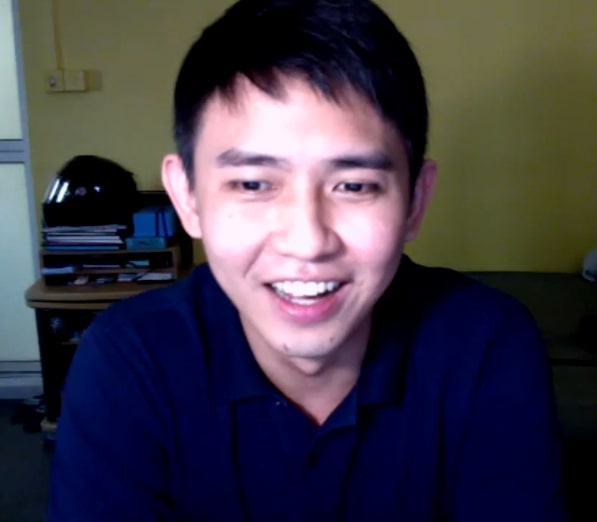
Teh encouraging participants to be brave in pursuing their passion
Having shared his studies and working experience, Teh revealed how he discovered his passion in life. “I served as a part-time waiter in a restaurant from the age of 15 to 17 and became Head of Cadet for St John Ambulance at the age of 16. Before starting my university life, I was also involved in jobs like IT sales and after-sales service, and a car wash business. During my university days, I volunteered to be an English teacher and taught aboriginal kids. I was also the assistant researcher for Faculty of Arts and Social Science (FAS) Psychology lecturer Sim Chzia Poaw. As you can see, I tried out a lot of jobs before becoming a cabin crew,” Teh said. He then encouraged the participants to try as much as they could to figure out their passion.
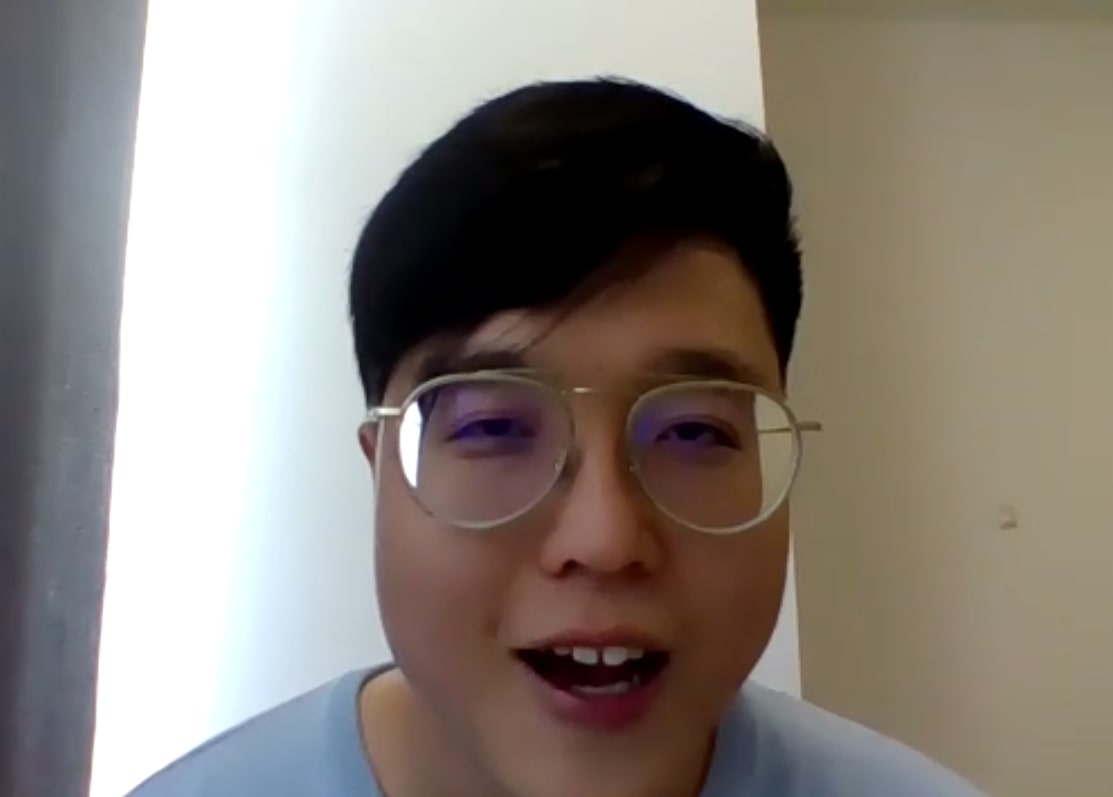
Liew explaining that curiosity led him to become a journalist
Sharing his experience as a journalist, Liew told the participants that curiosity led him to his current profession. “Sometimes, you join a career because of your passion, but curiosity can also do the job,” Liew said and continued, “I like to ask questions. Being a journalist, it was easier to obtain answers from people. With this career, you can explore a lot by asking questions compared to most of the other jobs in the industry. For example, when I interviewed a successful businessman, he shared his ten years’ of experience to me. I was able to learn about his business model in an hour, but he might have spent more than ten years to build the business model.”
The highlight of the webinar was listening to the speakers sharing their life experiences working as a cabin crew and a journalist. Teh told the participants that the reality of being a cabin crew is contrary to those popular beliefs. “Before becoming a cabin crew, I had to go for training and learn everything from the beginning. The knowledge required for being a professional cabin crew is different from what I have learnt from the university. My career as a cabin crew includes responsibilities in three aspects, namely “3S”— “Safety, Security and Service”,” said Teh. He also explained that safety and security consist of duties such as security sweep, the arming and disarming of doors, emergency evacuation procedure, handling emergency goods, fighting fire and handling medical emergencies.
When asked about the requirements to become a journalist, Liew answered, “You have to be focused, analytic, think fast and respond quickly.” As a journalist, Liew always needs to think from the perspective of the reader before he goes to get information for a news article. The career as a journalist has trained him to multi-task. “As you can see in the picture, I am holding the voice recorder but at the same time I also need to capture the photo of former Deputy Prime Minister of Malaysia Wan Azizah Wan Ismail,” said Liew.
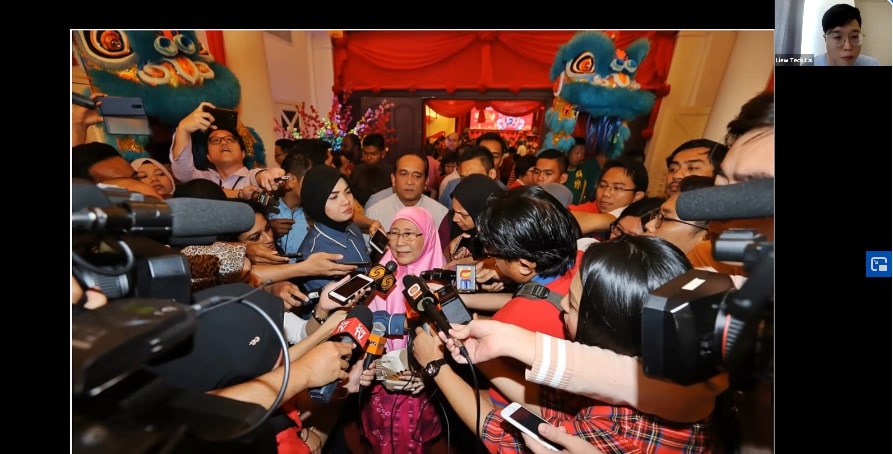
Liew showing picture of him recording the voice clip while at the same time doing a live stream on Facebook
“Besides, a journalist must also know how to be adaptable and play by ear. For instance, I was once assigned to interview Jacky Chan in Beijing. I prepared eight interview questions at first, but out of a sudden, I was told by his Public Relations team that I was only given 20 minutes to interview. I quickly picked six out of the eight questions. Then, they came back again and told me to take 15 minutes for the interview session because Jacky Chan had to rush to another venue. Immediately, I picked out four questions from the six that I have chosen. In the end, I was only able to ask four questions out of the eight questions I had been prepared,” said Liew.
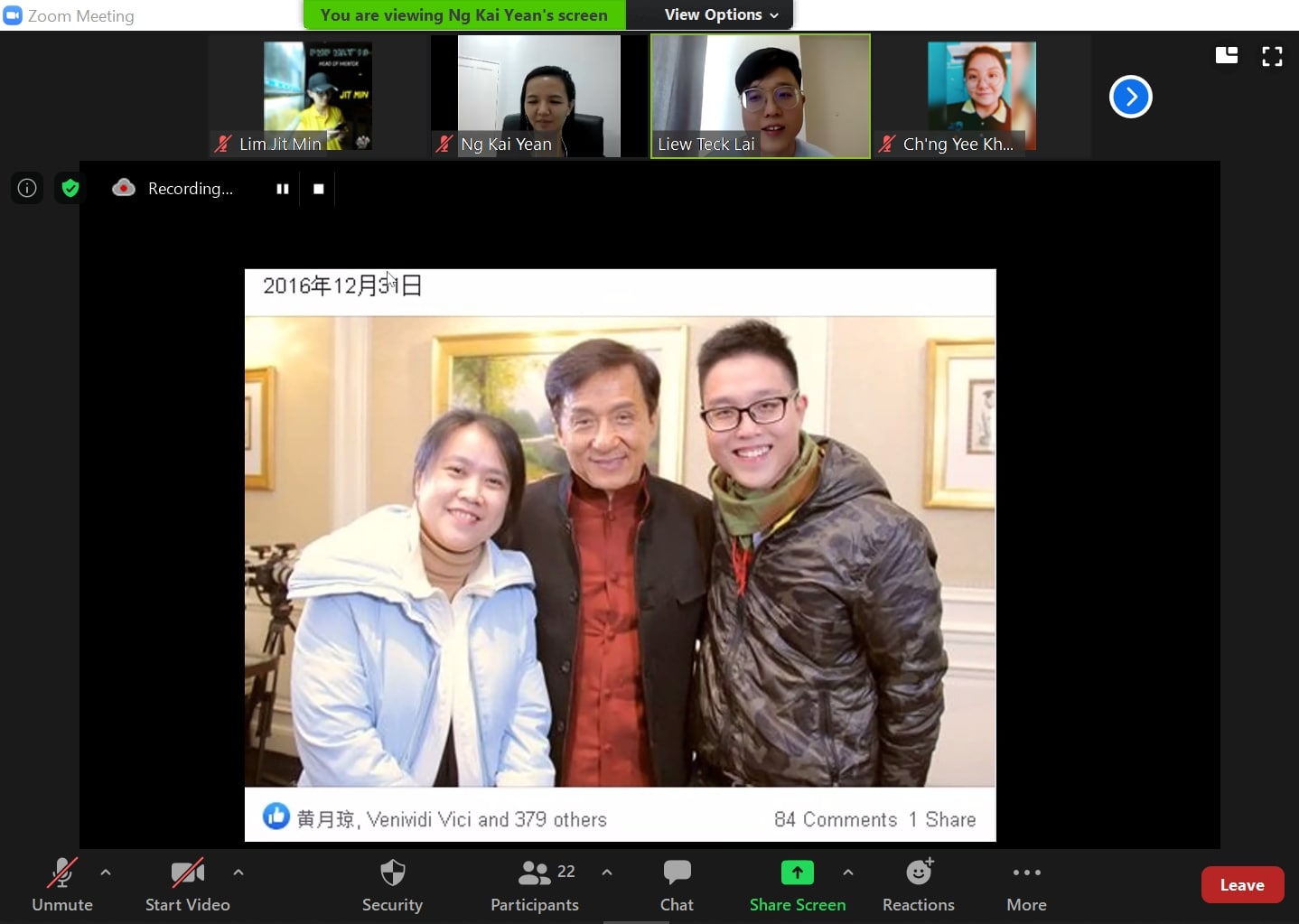
Liew (most right) with Jacky Chan (middle) after the interview session
Liew also mentioned the current trend in social media, where he said that texts have become less favourable and it is being slowly replaced by videos and images. To keep up with the trend, the press started to put the abstract of a news into video clips or images. According to Liew, the editors of the press are now focusing more on how to write an attractive headline that would persuade readers to read the full news article.
Data Journalism is also the latest trend in the press, especially in the United States and other Western countries. Liew explained Data Journalism as a way of presenting news using more infographic to deal with data analysis. In preparing a journalist to keep up with the trend, many universities have made some adjustment to the course structure. He said, “Based on the interviews done with professors and lecturers from a journalism background, some basic knowledge of Accounting, Business as well as subjects related to data analysis are being added into the course structure of Journalism.”
Towards the end of the webinar, Teh advised the participants, “Whatever field you are studying and whatever major you are doing, use it well as a tool even though you may not be working it in the same field. Do not shut it up or give up, always remember it might be useful one day.” He then added, “The more you can do, the more you are valuable to the company. We will always have comparison everywhere.”
During the closing remark, Ng also advised students to join the university activities so that they can explore more and discover their passions as well as their interests before they joined the workplace.
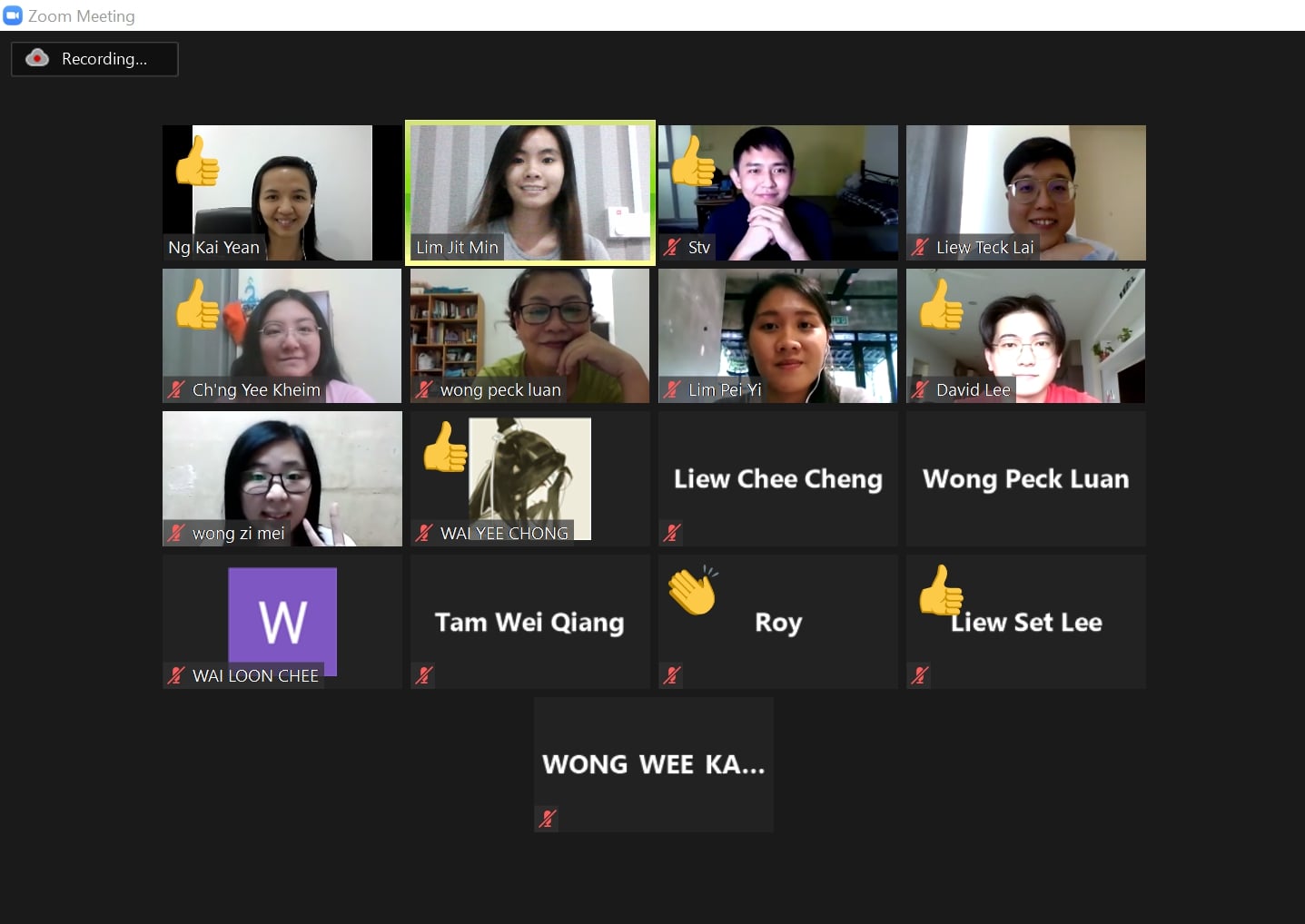
A group shot of Teh (first row, second from the right) and Liew (first row, most right) with the participants
© 2020 UNIVERSITI TUNKU ABDUL RAHMAN DU012(A).
Wholly owned by UTAR Education Foundation Co. No. 578227-M LEGAL STATEMENT TERM OF USAGE PRIVACY NOTICE